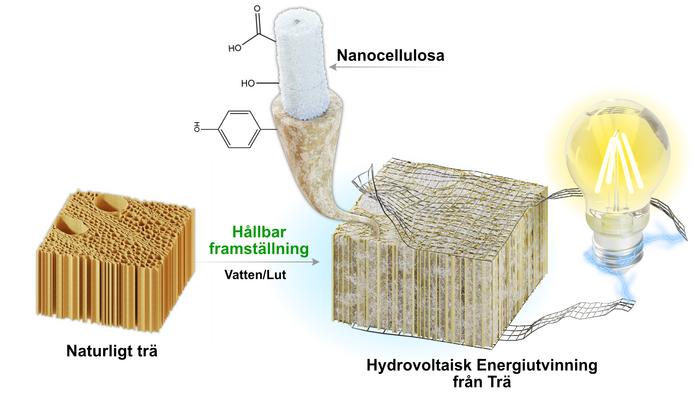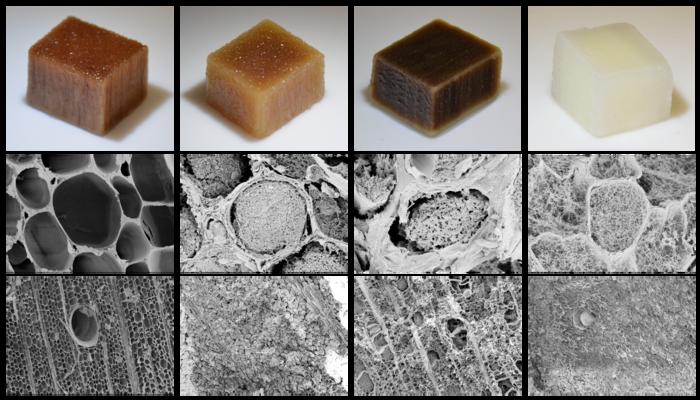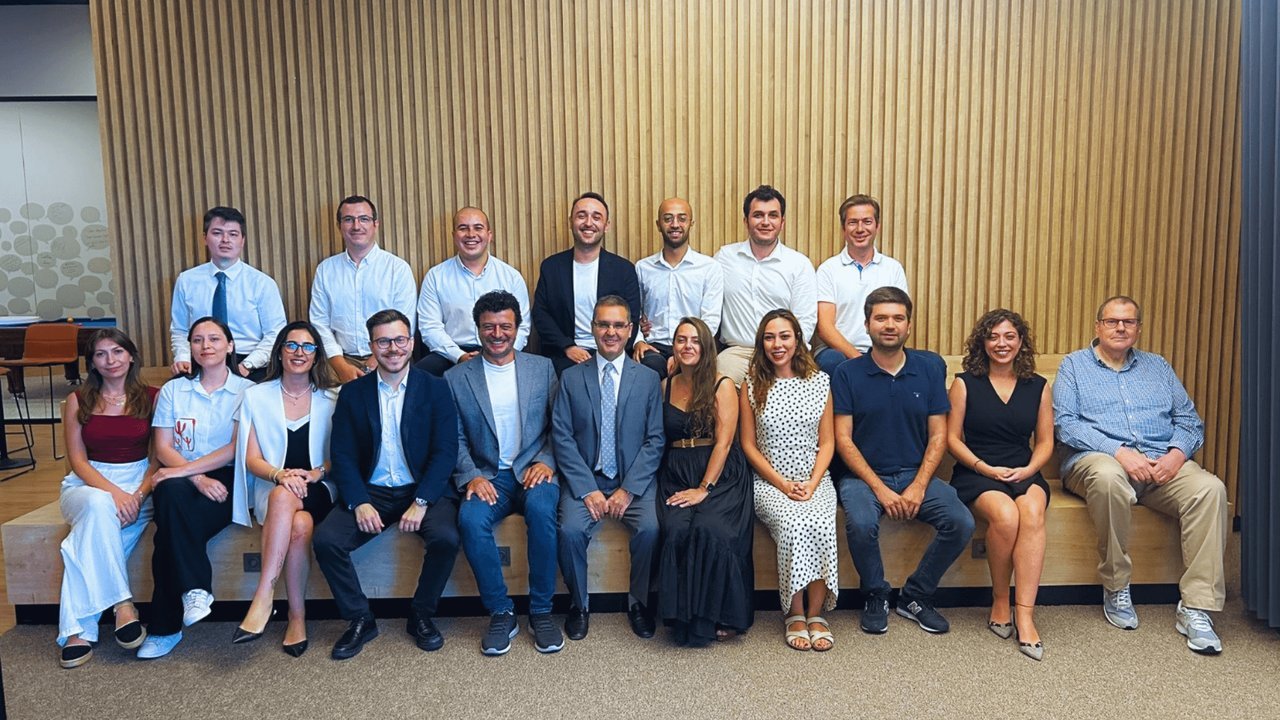In order to meet the ever-increasing need for electricity, researchers have succeeded in collecting the bioelectricity generated inside a tree using nanoengineering. Scientists from the Royal Institute of Technology in Sweden have learned how to collect the electricity generated during the act of transpiration. This is the movement of water through the plant from the roots through the leaves to evaporation.
Also See: Getir Acquires Competitor Gorillas
Electricity Source Produced from Wood

As a result of a series of changes to the structure of wooden cell walls, the researchers were able to increase the amount of electricity generated by up to 140 mV. This is 10 times more than ordinary wood. This amount is not enough to light the house, but can be used to connect a simple device such as an LED lamp or a calculator.
The method, described by researchers in a paper in the journal Advanced Functional Materials, is based on the use of nanoengineering. Scientists changed the nanoscale composition of wood to improve its properties. They managed to control the surface area, density, surface charge. They also changed how easily water could pass through the material, depending on the modifications used. The researchers believe that further adjusting the pH difference between wood and water will help achieve a potential of up to 1 V and a power output of 1.35 μW/cm². At the same time, the wood can only withstand 10 recharge cycles and generates high voltage for about 2-3 hours before it starts to weaken.
The advantage of this technology is that once the wood is exhausted as an energy source, it can easily be used for other purposes.





No comments yet for this news, be the first one!...